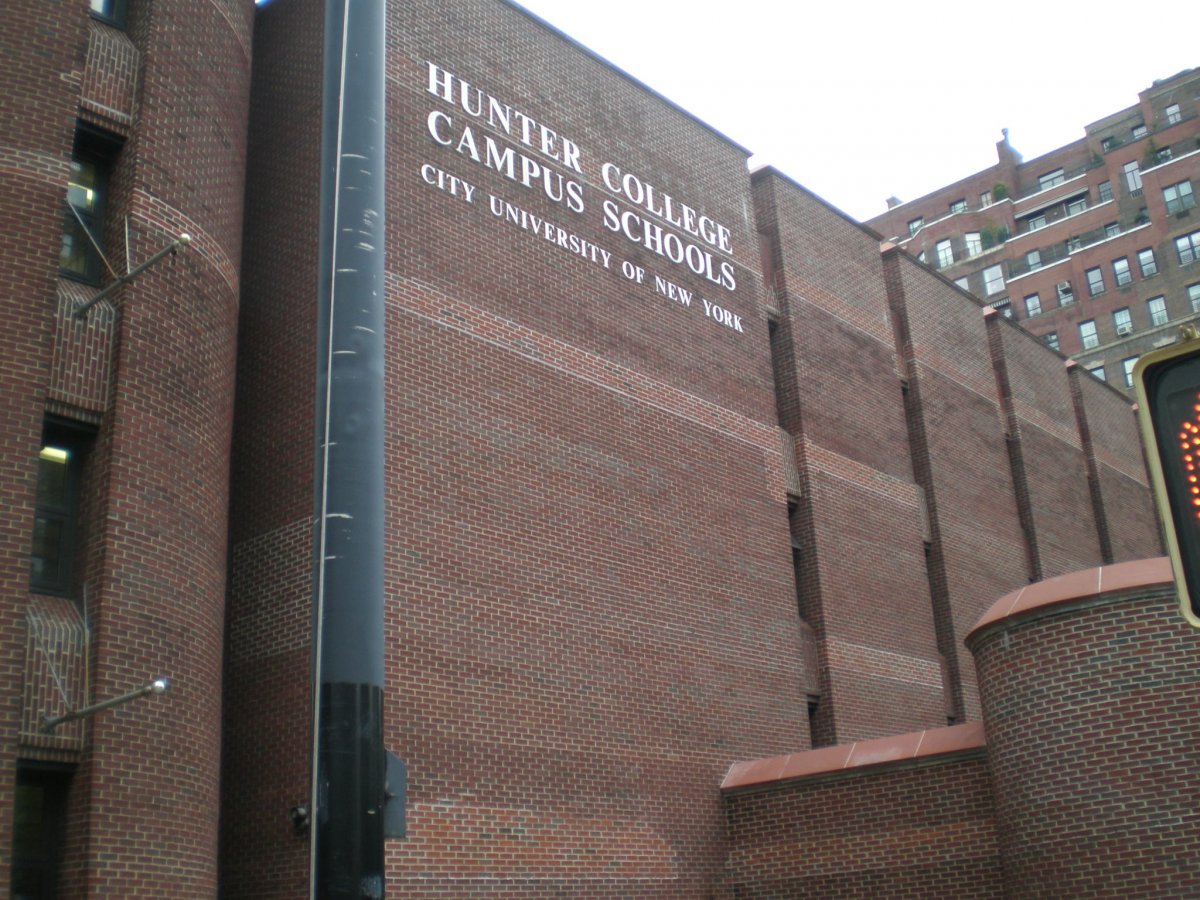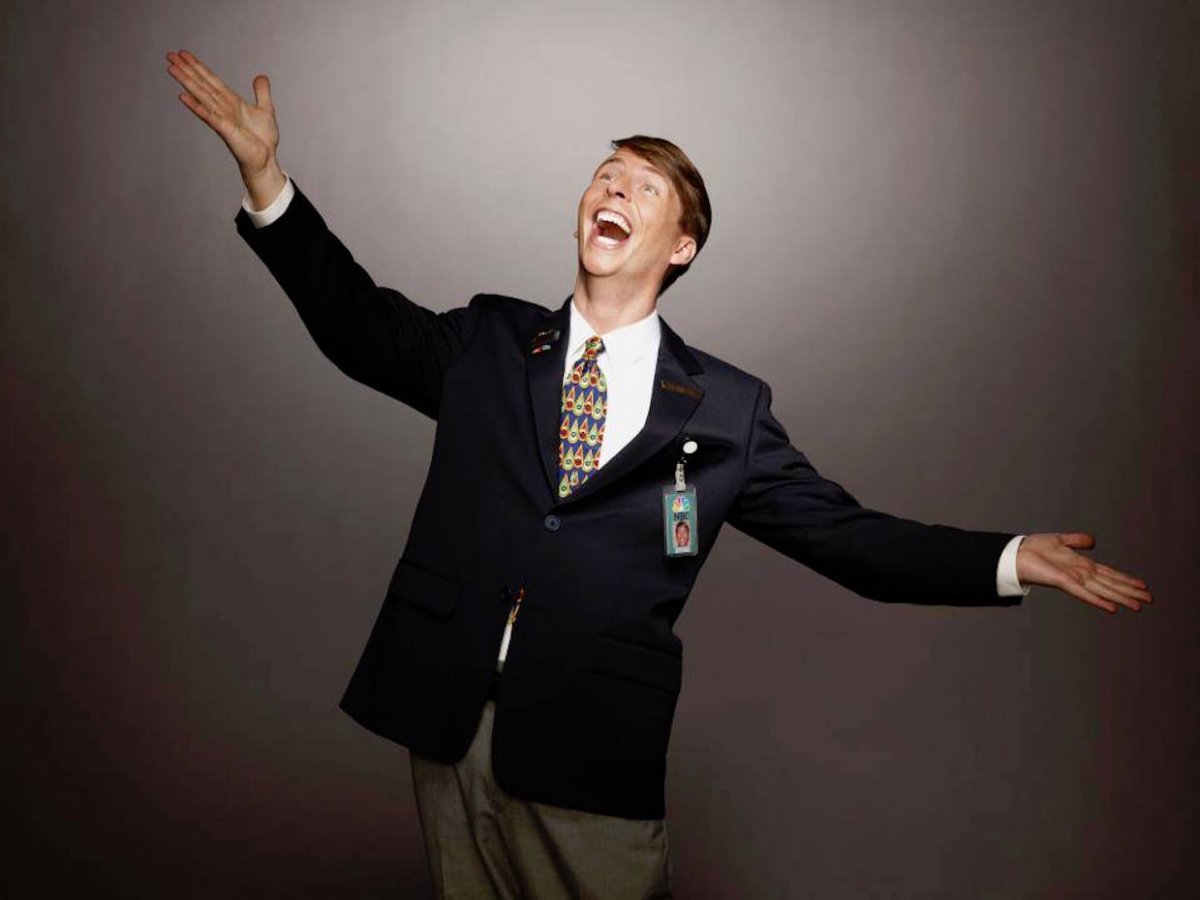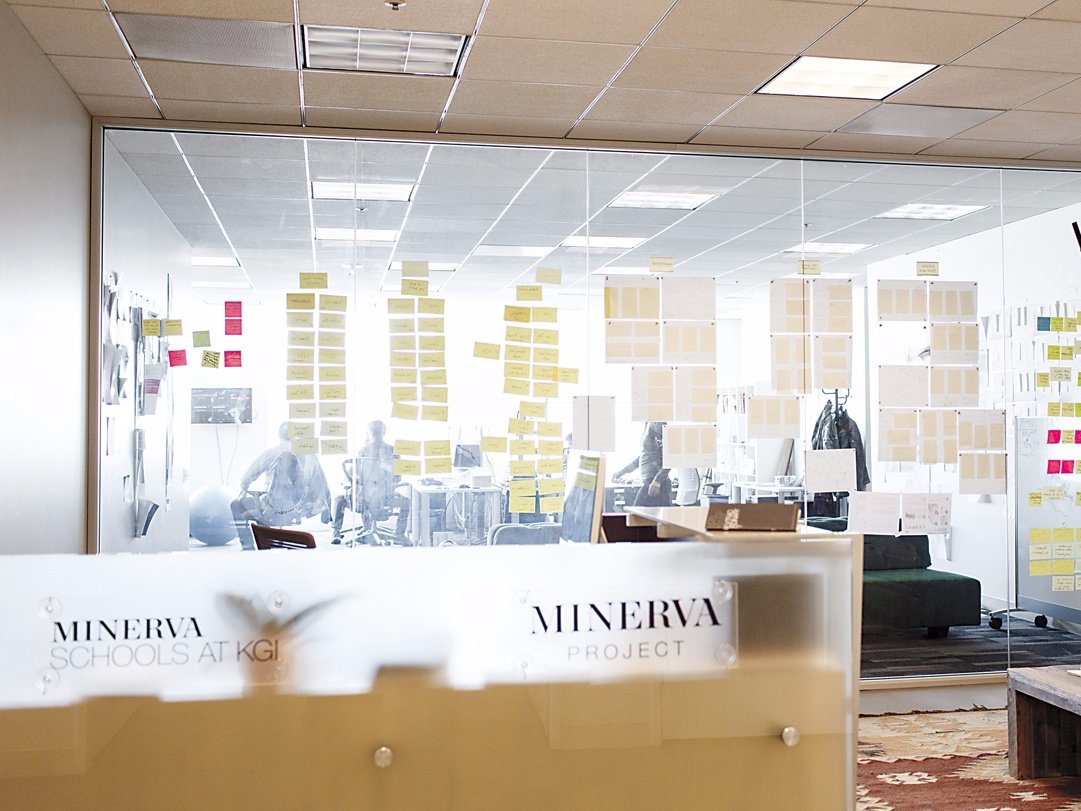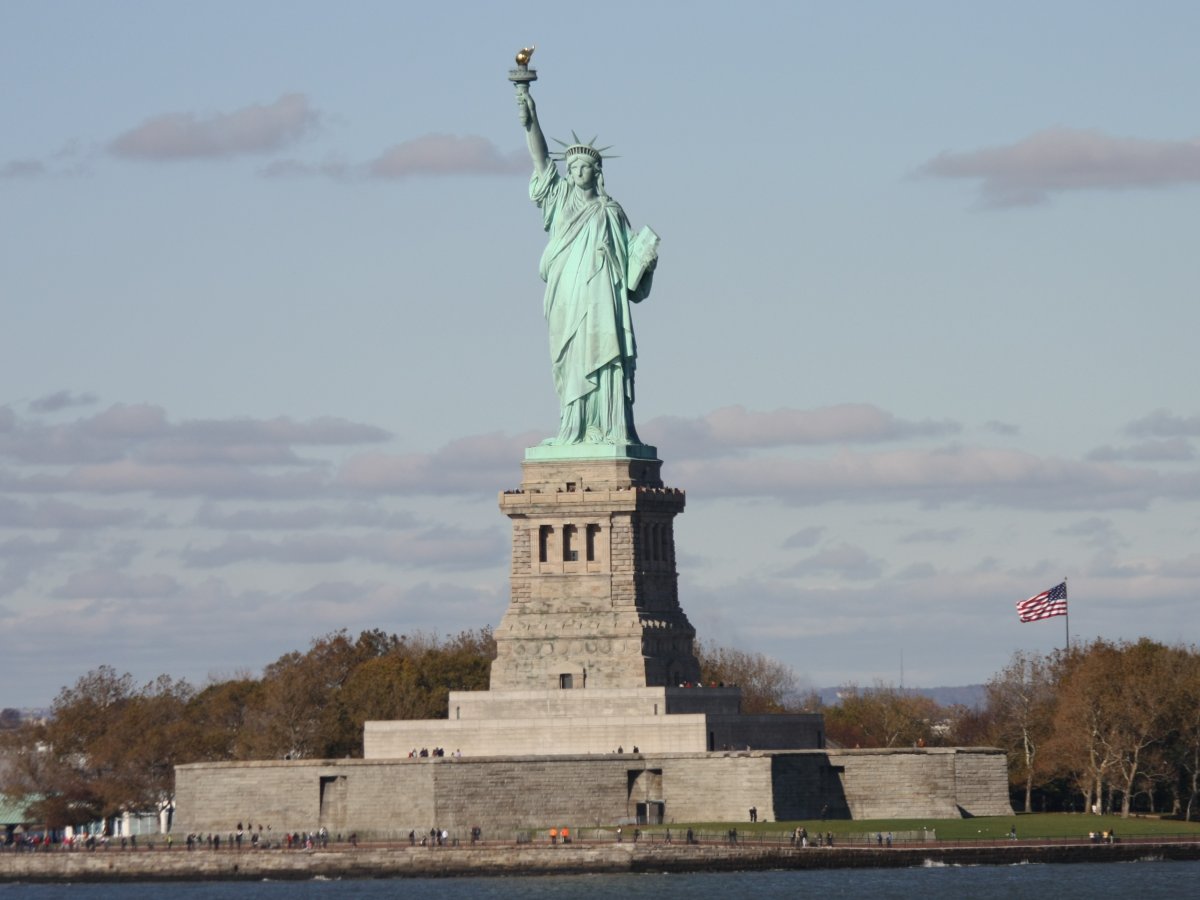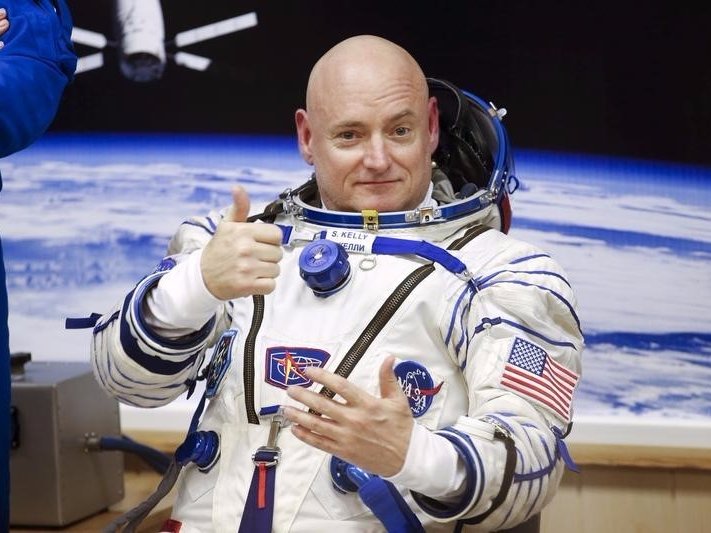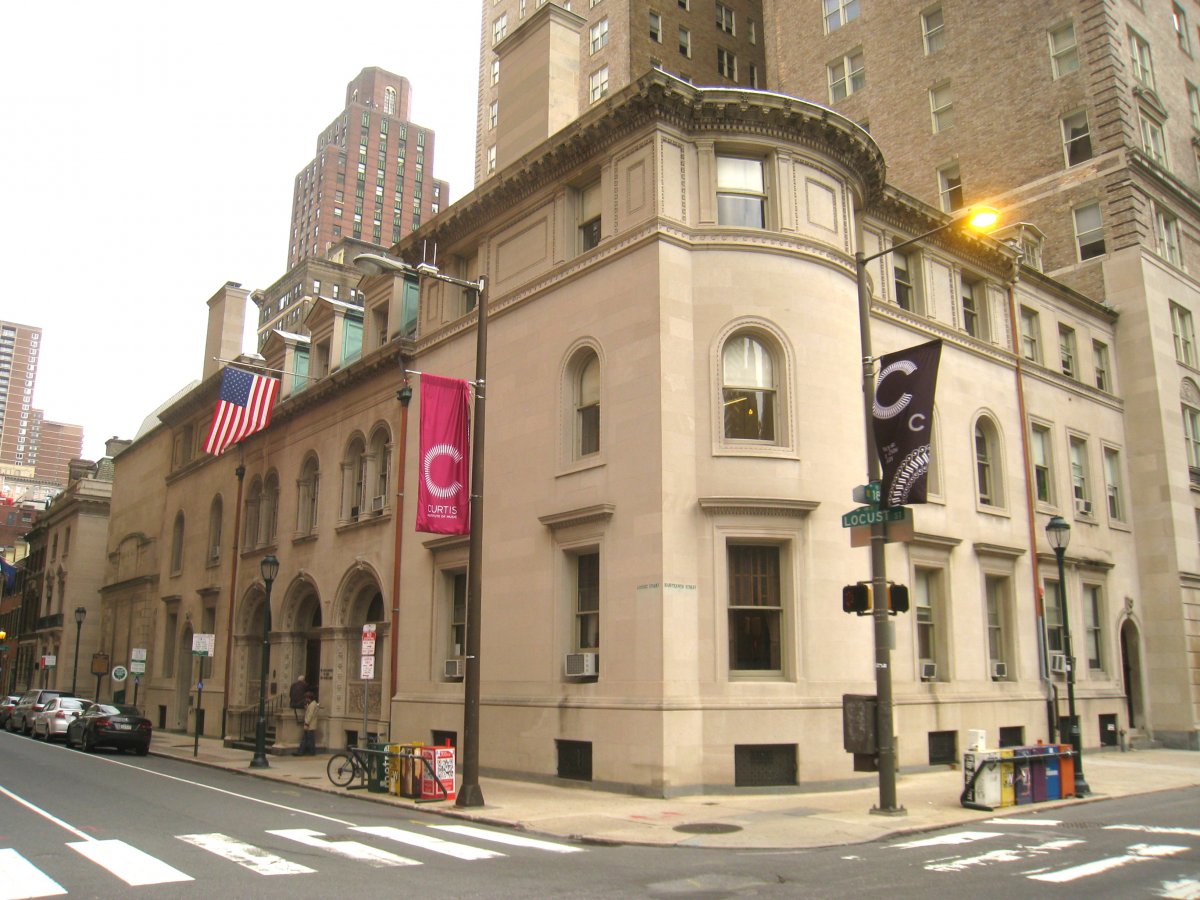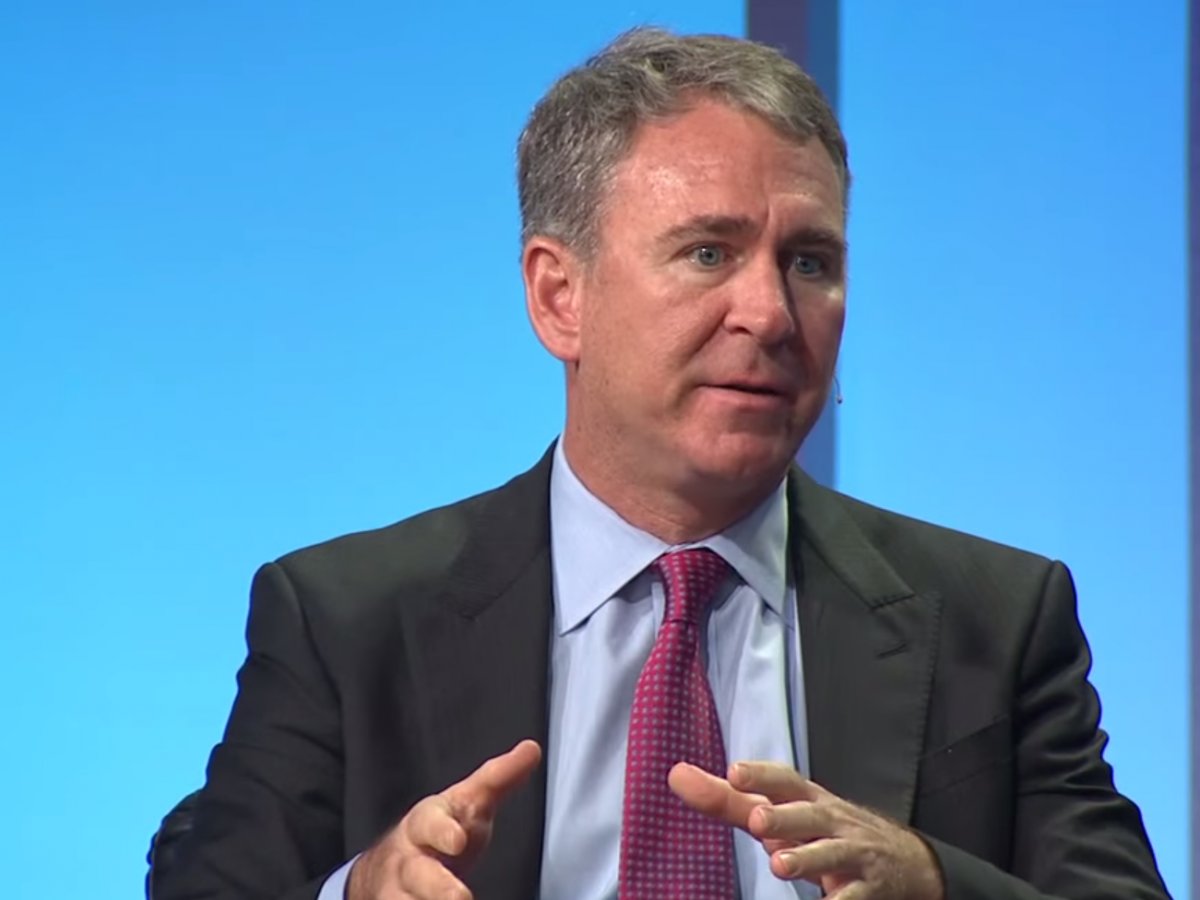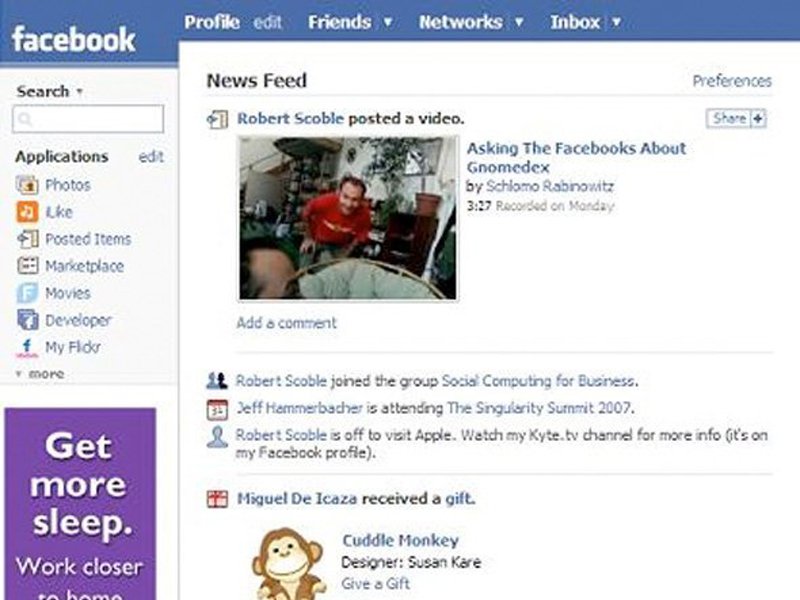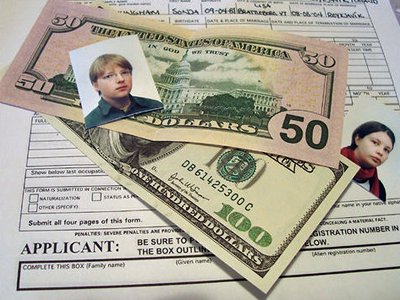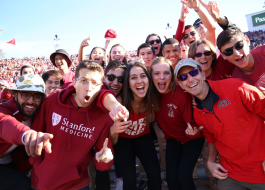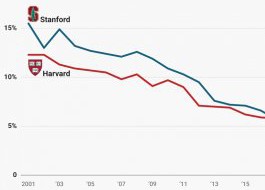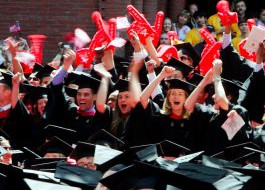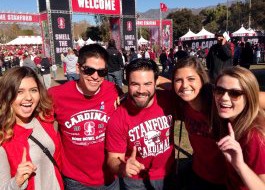 You might be surprised to learn that these things are harder to get into than Stanford.Linda A Cicero/Stanford University/Facebook
You might be surprised to learn that these things are harder to get into than Stanford.Linda A Cicero/Stanford University/Facebook
Stanford University's acceptance rate remained extremely low for the class of 2021, with 4.7% of applicants accepted into the prestigious California-based school.
That means Stanford is the most selective college in the US, beating out all Ivy League institutions.
But while getting into Stanford might seem like a nearly impossible task, many other achievements in life — like acceptance into some elementary schools — are more difficult than earning a spot within the school's prestigious walls.
Read below to see nine things that are harder to get into than Stanford.
A spot at one of New York City's top elementary schools
Bmackenty / Wikimedia Commons The elementary admissions process in New York City is utterly grueling. Among exemplary schools, one stands out as the gold-standard: Hunter College Elementary School.
Each year, Hunter chooses 25 girls and 25 boys from all of Manhattan to be admitted to its incoming kindergarten class.
They're hand-selected from a pool of about 2,200 applicants, according to the website Inside Schools. That makes the acceptance rate for Hunter about 2%.
A job as an NBC page
Landing an internship-like role in the National Broadcasting Company's page program is competitive to say the least. Famously, the character Kenneth Parcel was a page on the TV show '30 Rock.'
For example, in 2016 there were 2,600 applicants for 120 positions, for a 4.6% acceptance rate.
The NBC page role is a year-long entry-level role where employees perform PR responsibilities among other tasks depending on their department.
A spot at an innovative startup college
Ike Edeani / The Atlantic College startup Minerva Schools has received 16,000 applications for 306 available places in 2016, the Financial Times reported.
Its model vastly differs from what four years of school at other prestigious colleges resemble. Students don't stay in one place during their four-year education.
They spend time in up to seven residence houses in San Francisco, California; Berlin, Germany; Buenos Aires, Argentina; Seoul, South Korea; Bangalore, India; Istanbul, Turkey; and London, England.
At 1.9%, the acceptance rate for the unconventional college is far lower than at Stanford.
The American Dream
A report from researchers at Harvard and Berkeley Universities shows that in many major US cities, it's very hard to achieve a rags-to-riches success story.
The report analyzes the number of people who were born into the lowest income quintile but ended up in the highest income quintile. The results don't bode well for upward socioeconomic mobility.
The chances were below 5% in Atlanta, Georgia; Charlotte, North Carolina; Jacksonville, Florida; Columbus, Ohio; Dayton, Ohio; Milwaukee, Wisconsin; and Indianapolis, Indiana.
Even at the top of the list, people in San Jose, California, showed just a 12.9% chance of living the American dream.
NASA's class of 2017
The NASA class of 2017 received 8,300 applications this year for less than 15 slots. That means if 14 people are selected, the acceptance rate will be .08%, Business Insider's Natalie Walters and Jacquelyn Smith reported.
"Applications opened Dec. 14, and closed Thursday, but that is just the beginning of an 18-month process that will end with the selection of 8-14 individuals for the opportunity to become astronaut candidates," the official press release explains.
A competitive music institute in Philadelphia
The Curtis Institute of Music in Philadelphia has an even lower acceptance rate than Stanford.
Curtis has an acceptance rate of around 4% but is more of a conservatory than a traditional university.
A job at Citadel
Citadel founder and CEO Ken Griffin.Screenshot YouTube/Milken Institute Landing a job on Wall Street is notoriously hard. But gaining employment at hedge fund giant Citadel seems to be nearly impossible.
Founder and CEO Ken Griffin noted on CNBC in 2015 that the hedge fund planned to interview 10,000 candidates to fill 300 job openings.
That's equates to a mere 3% acceptance rate.
The top 50 posts on a friend's Newsfeed
When Facebook compiles your Newsfeed, it chooses from roughly 1,500 different posts.
The company uses an algorithm based on the popularity and relevance of posts, along with other factors, to decide what goes where.
As a result, there's a 3.3% chance a certain post finds its way into the top 50 stories on someone's Newsfeed.
If you want to boost your chances, posts with photos do far better than links or text-based posts.
A green card
Up to 15 million people apply to the US green card lottery every year, all hoping for a chance at a life in America, The Wall Street Journal has reported.
But only about 50,000 green cards are available.
The odds of obtaining a green card (known officially a Diversity Visa) vary depending on the applicant's region. If you're not from Australia, New Zealand, or a Pacific island, the odds aren't good.
Fewer than 2% of applicants around the world end up getting a visa. The rate is about 6% in Oceania — because of fewer applications and relatively higher quotas.
Ben Windsor and Christina Sterbenz contributed to a previous version of this story.


